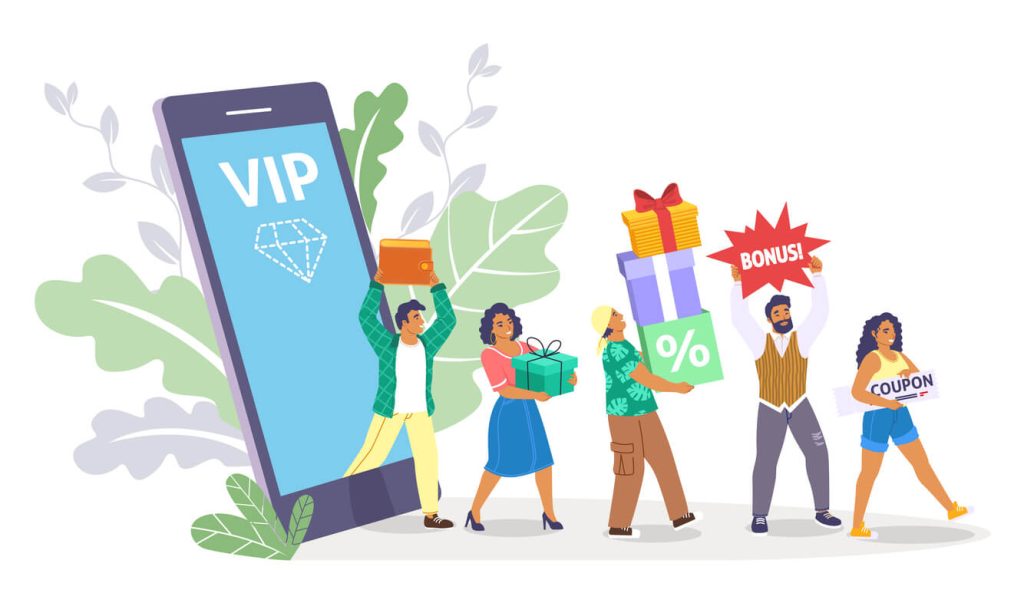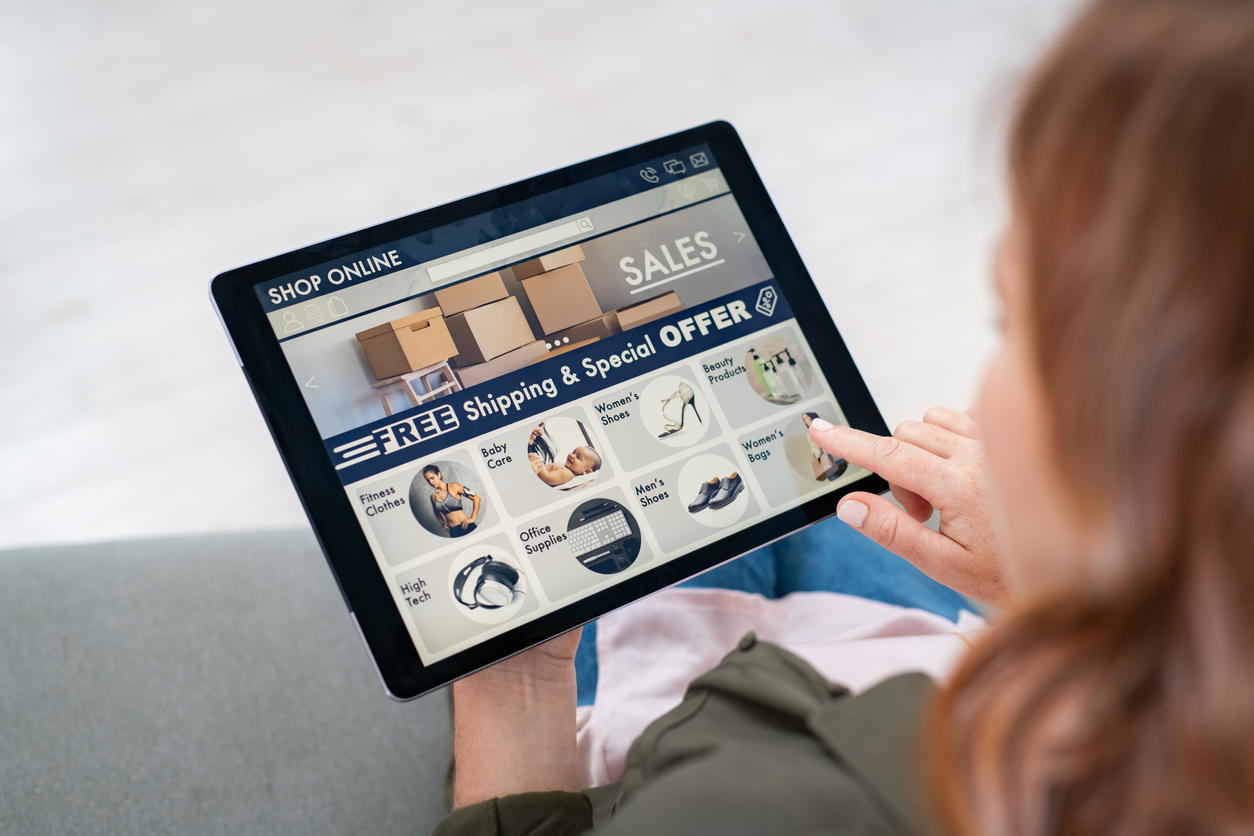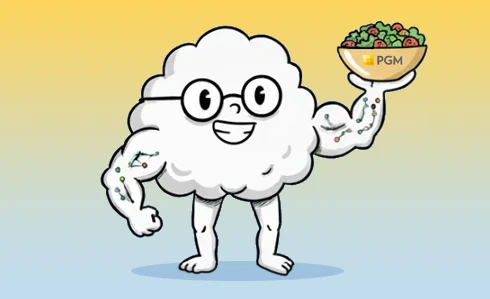Customer Lifetime Value (CLTV) is a metric that helps you understand the long-term value of your customers. It allows you to make informed decisions about acquisition, retention, and upselling strategies.
By focusing on strategies to increase CLTV, your business can enhance its long-term profitability and customer loyalty.
Here are some effective strategies to achieve this:
1. Personalized Customer Experiences
Personalizing your customer experience can significantly boost CLTV, by fostering stronger customer relationships and driving repeat business.
Tailored interactions, such as customized product recommendations, targeted marketing campaigns, and exceptional customer service – make customers feel valued and understood. This heightened sense of connection leads to increased customer satisfaction, loyalty, and advocacy.
An example of this would be leveraging a customer’s past purchases, to suggest relevant products or services. Whatever channel you’re using to market, this shows the customer that you remember them, and what they like.
When you take time to create a unique sales experience, your customers are more likely to make repeat purchases, upgrade to premium offerings, and refer the brand to others – ultimately contributing to a higher CLTV.
2. Loyalty Programs
Did you know that 73% of buyers believe loyalty programs should be a way for brands to demonstrate loyalty to their customers?
I bet you can think of at least one loyalty program that you love being a part of. What do you love about it? Is it the satisfaction of racking up points? Is it earning those discounts or freebies? I bet it makes you love that brand even more, too!
My favorite loyalty program is to a well-known coffee brand. I love earning points; meeting goals, playing seasonal games, trying new things, coming back more frequently- all for bonus rewards.
Loyalty programs significantly increase CLTV by fostering deeper relationships with customers by offering exclusive rewards, personalized experiences, and tiered benefits. The overall goal is to incentivize repeat purchases and ultimately increase spending.
Over 39% of customers are willing to spend more with a brand they’re loyal to, even if there are cheaper options elsewhere.

3. Upselling and Cross-Selling
Selling products to existing customers is 60%-70% more likely than selling to new ones. Upselling and cross-selling can boost a customer’s lifetime value by 20%-40%.
When the two are implemented in selling strategy, they’re invaluable. I learned them at my first job as a way of increasing UPT and profit. Upselling involves encouraging customers to purchase a more premium version of the product they were initially considering, increasing the average transaction value. While the goal of cross-selling is to offer complementary products or services that will enhance the customer’s experience with their initial purchase.
For example, a customer grabs a pair of denim. The brand you work for offers a higher-quality denim line, so you walk up with the premium denim, and a couple basic tops to pair with them. You offer to start a fitting room so they can compare the fit. You’re upselling the better denim, and cross-selling with the basic tops.
4. An Effective Retention Strategy
You’re only as good as your retention strategy, at least when it comes to customer lifetime value (CLTV).
Make customer satisfaction, loyalty, and engagement a priority. The key is to think long term, satisfied customers are more likely to become brand advocates – attracting new customers through referrals and positive word-of-mouth.
Some ways to enhance your strategy are through:
Feedback: incorporating customer surveys and reviews can help to better understand where you can improve the customer’s experience of your brand. Their needs, preferences, and pain points can be used to refine products and services, improve customer experiences, and tailor marketing efforts to resonate with customers.
Churn Analysis: analyzing customer behavior to understand why they might leave. This can help you take a proactive stance in addressing customer concerns, and to identify at-risk customers. You can then offer targeted incentives or personalized support to reduce or prevent churn.
Targeted Retention Campaigns: using data to understand customer behavior and preferences, then crafting personalized messages and offers that resonate with specific segments. Some examples include exclusive discounts, early access to new products, or tailored content. Increased engagement leads to repeat purchases, reduced churn, and higher average order values.

5. A Seamless Omnichannel Experience
Today’s shoppers use an average of 6 touchpoints when considering a purchase and have a 30 percent higher lifetime value to brands across online and offline channels.
When customers encounter a consistent and personalized experience across all touchpoints, they develop a stronger connection with the brand.
Follow me on this journey: a customer follows an email link to check out a new collection on your site. They enjoy browsing and add some pieces to their cart – but decide to head to your storefront. They’re greeted and given a very personalized shopping experience, with employee suggestions (upsell and cross-selling). They purchase a few items. One item is out of stock in the color they wanted, so you have it conveniently shipped to their home.
Before taking payment, you offer a discount for them to join your loyalty program – and follow-up with them via SMS to thank them for joining and personalized login to track their progress. You follow-up with a direct mail piece, displaying a few items related to their purchase history, and a CTA with a discount code.
These multi-channel experiences empower your customers to interact with your brand on their own terms, enhancing convenience and satisfaction.
Omnichannel retailers retain 90% more customers than single-channel stores, making them a no brainer in your strategy to increase CLTV.
6. Utilization of Data
Data plays a huge role in what empowers your business to significantly increase CLTV. It is at the forefront of every effort.
Use your own first-party data to analyze customer behavior and preferences. With this data, companies can tailor marketing campaigns, product recommendations, and customer service interactions.
This personalization will build stronger customer relationships, leading to increased engagement and loyalty across both online and offline channels.
Data-driven insights enable businesses to identify opportunities and make the most of them.
Conclusion
There are many important metrics that businesses can use to measure their success. However, when it comes to predicting profitability and success over time, understanding customer lifetime value is key.
Strategizing around this metric is so important in the current business world. Customers have grown to expect multi-channel, personalized, convenient, trustworthy touchpoints. By using some of the suggestions we have provided, you can effectively increase your CLTV and cultivate lasting success.




